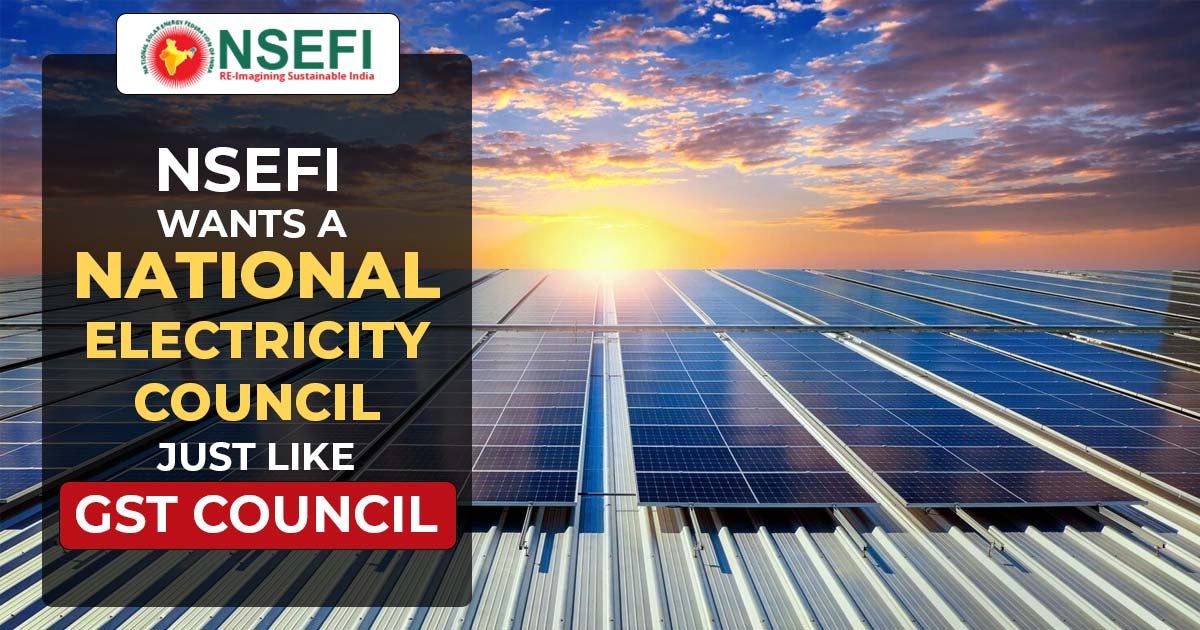
Subrahmanyam Pulipaka, the CEO of the National Solar Energy Federation of India, is pushing for the establishment of a national Electricity Council, akin to the GST Council, to streamline India’s renewable energy policies.
He believes that such a council would effectively address policy disparities among states, fostering a more favourable business environment in the renewable energy sector.
Pulipaka emphasized the crucial need for this council. “To ensure consistency in energy policies across states and facilitate business processes, a national-level Electricity Council, modelled after the GST Council, is indispensable,” he asserted.
Discussing India’s progress towards renewable energy targets, Pulipaka highlighted the country’s trajectory toward a significant capacity addition milestone. “India is projected to augment its renewable capacity by 8-10 GW in the final quarter of the current fiscal year, edging closer to the annual target of 20 GW,” he remarked.
Read Also:- Infrastructure Firms Consider Legal Action Against GST Council’s Decision on Corporate Guarantee Tax
This achievement is particularly noteworthy as the deadline for the extension of the Approved List of Models and Manufacturers (ALMM) approaches in March.
Pulipaka also drew attention to favourable market conditions contributing to this growth. “The current robust supply chain situation, coupled with historically low module prices, has spurred an uptick in B2B transactions in the CNA Open Access market,” he observed. Based on these factors, Pulipaka estimates that India could achieve an additional 16-18 GW of renewable capacity by the conclusion of FY24.
Looking forward, Pulipaka foresees a surge in the addition of renewable energy capacity starting from December of the upcoming fiscal year. This uptick is anticipated to be fueled by the domestic production of modules under the second phase of the Production Linked Incentive (PLI) scheme for high-efficiency solar PV modules.
Also Read:- GST Council Issues a Warning to Businessmen to Be Cautious About Online Fraud
Providing insights into the government’s strategy under the PLI scheme, Pulipaka outlined, “The government envisions manufacturing capacities of 7,400 MW by October 2024, 16,800 MW by April 2025, and 15,400 MW by April 2026.”
He added, “We expect the initiation of the first round of PLI orders by the end of December this year, which is poised to significantly enhance the availability of domestic modules in the market by the last quarter of FY25.”
Moreover, Pulipaka disclosed that approximately 68 GW of solar project capacity is in the pipeline for the next 20 months, with plans to add 82 GW in the subsequent three years.